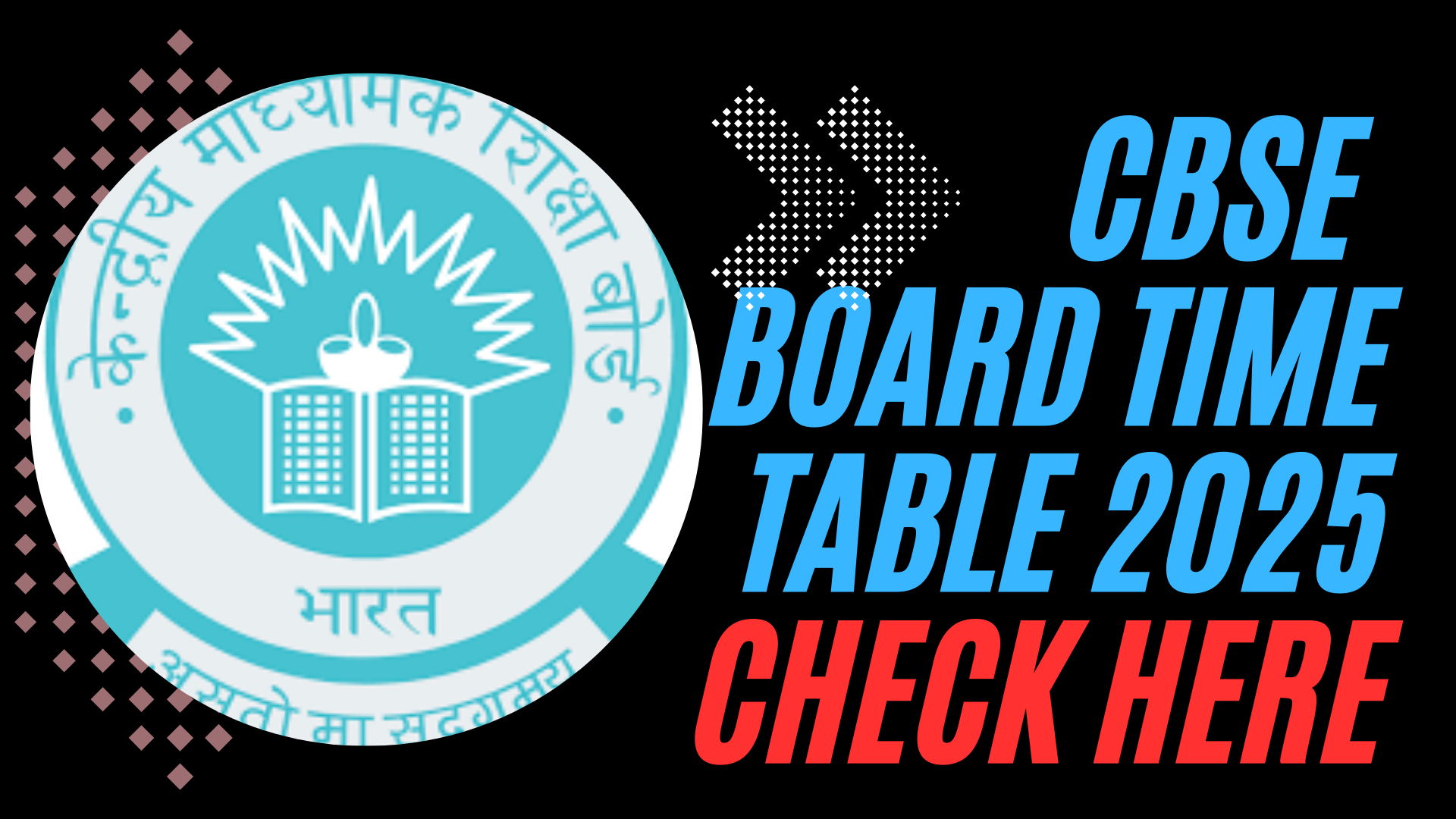What is Trachoma?
Trachoma is an eye disease caused by the bacterium Chlamydia trachomatis. It spreads through close contact, shared personal items, and even by houseflies. Poor hygiene, overcrowded living conditions, and inadequate sanitation increase the risk of infection. Trachoma is particularly dangerous for children, as repeated infections over time can cause the eyelashes to turn inward, scraping the eyeball—a condition called trachomatous trichiasis. If untreated, this leads to visual impairment or irreversible blindness.
According to WHO, 150 million people worldwide are affected by trachoma, and around 6 million are at risk of vision loss or blindness.
India’s Fight Against Trachoma
In the 1950s and 1960s, trachoma was a major public health issue in India. The disease was especially prevalent in states like Gujarat, Rajasthan, and Uttar Pradesh, where more than 50% of the population was affected. In 1971, trachoma was responsible for 5% of all blindness cases in the country.
In response, India launched several initiatives to combat the disease under the National Programme for Control of Blindness and Visual Impairment (NPCBVI). A pivotal moment was the adoption of the WHO SAFE strategy, which included:
- Surgical Treatment for advanced trachoma cases,
- Antibiotic Distribution to clear infections,
- Facial Cleanliness promotion to prevent transmission,
- Environmental Improvements in access to water and sanitation.
By 2017, India was officially declared free from active trachoma, with the National Trachoma Survey (2014-17) revealing that the infection was eliminated in all surveyed districts, with an overall prevalence of only 0.7%, far below the WHO’s elimination threshold of 5%.
Sustained Efforts to Prevent Re-emergence
Even after achieving elimination, India has continued its efforts to monitor and prevent the re-emergence of trachoma. Between 2019 and 2024, surveillance continued across all districts to ensure that the infection did not return. This vigilant approach demonstrates India’s commitment to safeguarding the vision of its citizens.
Global Impact and Recognition
India’s achievement has been widely applauded by global health leaders. WHO Director-General Dr. Tedros Adhanom Ghebreyesus commended India’s efforts, noting that the milestone was a testament to collaboration among government bodies, healthcare professionals, and international partners. India now joins 21 other countries, including Nepal and Myanmar, in eliminating trachoma as a public health issue.
However, the global fight against trachoma is far from over. The disease remains a significant problem in 39 countries, affecting around 1.9 million people and leading to irreversible blindness for many.
Conclusion
India’s success in eradicating trachoma is a remarkable example of how concerted public health efforts, community support, and global partnerships can lead to lasting change. The adoption of the WHO SAFE strategy and continued monitoring have not only secured the nation’s trachoma-free status but also paved the way for future generations to enjoy good vision. As the world continues its battle against preventable blindness, India’s victory serves as an inspiration to other nations still grappling with trachoma.







